Valais
There is a wide variety of buildings along 150 kilometres (93 miles) of the Rhone valley, from the uppermost alpine huts of Goms down to the Chablais. The Ballenberg Open-Air Museum is, however, able to present several examples exhibiting the building materials and construction types most typical of the Valais and which characterised it for centuries.

Architectural Variety
There is a wide variety of buildings along 150 kilometres (93 miles) of the Rhone valley, from the uppermost alpine huts of Goms down to the Chablais: massive timber houses in Goms, wooden houses encased in stone masonry on the south side of the Simplon pass, dairying huts on the cooperative alps of the Anniviers valley, large multipurpose houses in the Illiez valley, stone barns under the influence of French classicism in the region toward the Lake of Geneva – to name but a few types. An open-air museum can hardly display them all.
Classic Examples
The Ballenberg Open-Air Museum is, however, able to present several examples exhibiting the building materials and construction types most typical of the Valais and which characterised it for centuries: we show mostly the building material wood – as round logs squared and smoothed to heavy timber and notched into one another at the corners to form house walls.
Peaks and Valleys
Half-timber construction is practically non-existent in the Valais, timber framing the exception, stone buildings a minority. Squared timber construction predominates from the valleys to the alpine heights, as exemplified in the Museum by the house, barn and pig sty from Blatten (1111–1113) as well as by five buildings from Alp Richinen (1341–1345).
Irrelevant?
The economy of field cultivation, cattle raising and, in midValais, winery strove toward self-sufficiency. A generation of factory workers doing farming on the side with the support of family members managed to maintain this work-intensive system alive in the villages until the 1970’s. Even inconspicuous trade buildings were once important, as evidenced by the mills from Törbel and Naters (1121 and 1122).
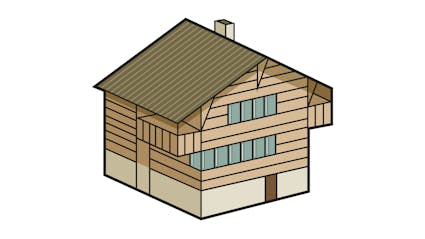
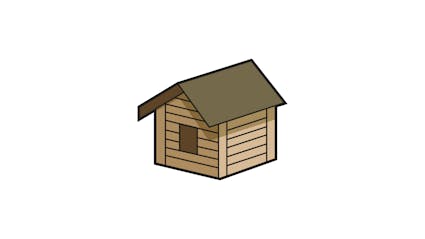
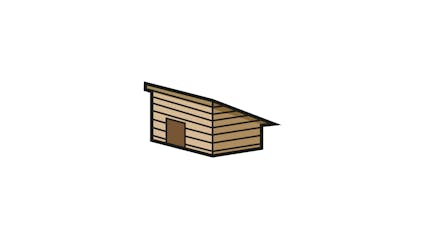
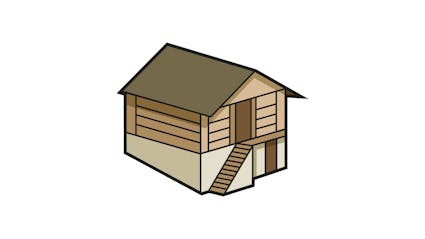
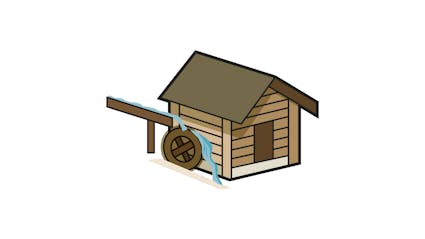

Ballenberg
Swiss Open-Air Museum
Museumsstrasse 100
CH-3858 Hofstetten bei Brienz
Opening hours
11 April to 27 October 2024
10 am to 5 pm daily